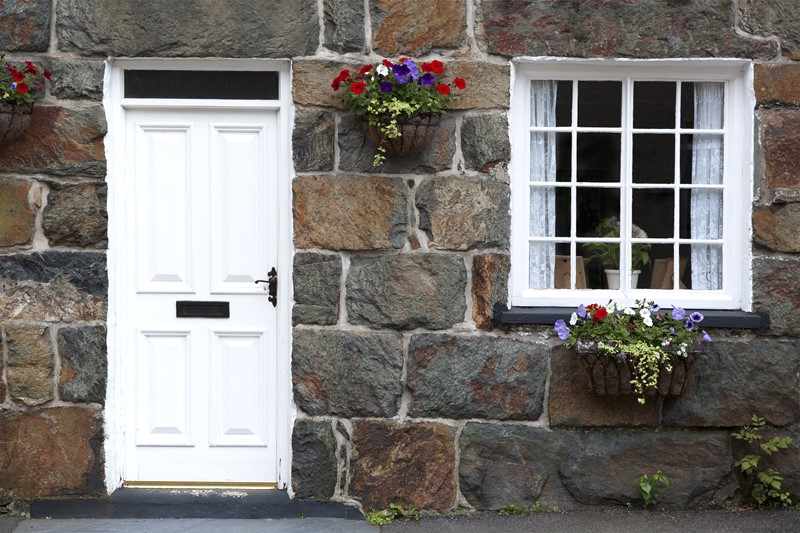It was announced as part of the Budget measures that the higher rates of Stamp Duty Land Tax (SDLT) on purchases of additional residential properties will increase to 5% (from 3%) for transactions with an effective date on or after 31 October 2024.
This applies to individual purchases of additional residential property such as buy to let properties and second homes in England and Northern Ireland. The higher rate does not usually apply to individuals who own one residential property irrespective of the intended use of the property. However, individuals might be required to pay the higher rates even if they plan to live in the property they are purchasing and do not own another residential property. This is because the rules apply not just to the buyer, but also to anyone they are married to or purchasing the property jointly with. The measure also increases the single rate of SDLT payable by companies and other non-natural persons when purchasing residential properties worth more than £500,000, from 15% to 17%.
Temporary changes were made by the previous government in September 2022 to various SDLT bands reducing the amount of SDLT payable for many buyers. No SDLT is currently payable for first-time buyers making a purchase of up to £425,000 (£300,000 prior to 23 September 2022). The relief also applies to the first £425,000 (£300,000 prior to 23 September 2022) for purchases up to £625,000 (£500,000 prior to 23 September 2022). There is no SDLT relief available for first-time buyers spending more than £625,000 (£500,000 prior to 23 September 2022) on a property. No extension to these temporary changes was announced as part of the Budget measures so these figures are now expected to revert back to the old limits on 31 March 2025 as planned.
In addition, the SDLT zero rate band was increased from £125,000 to £250,000 from 23 September 2022. This resulted in the removal of the 2% band for properties ranging from £125,000 to £250,000. These changes are also temporary and set to revert back to the old limits on 31 March 2025.











